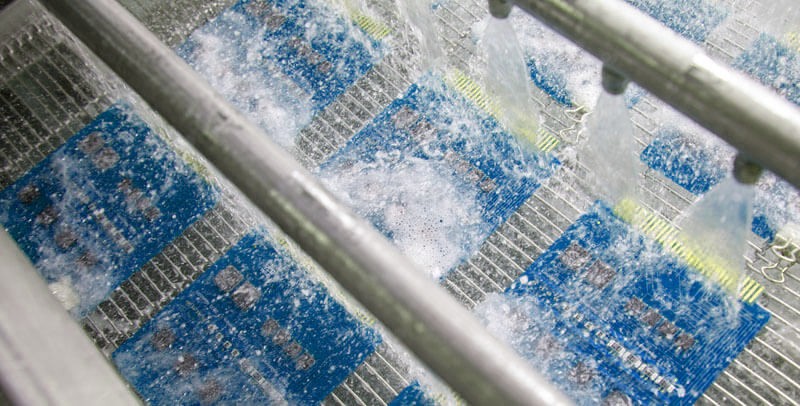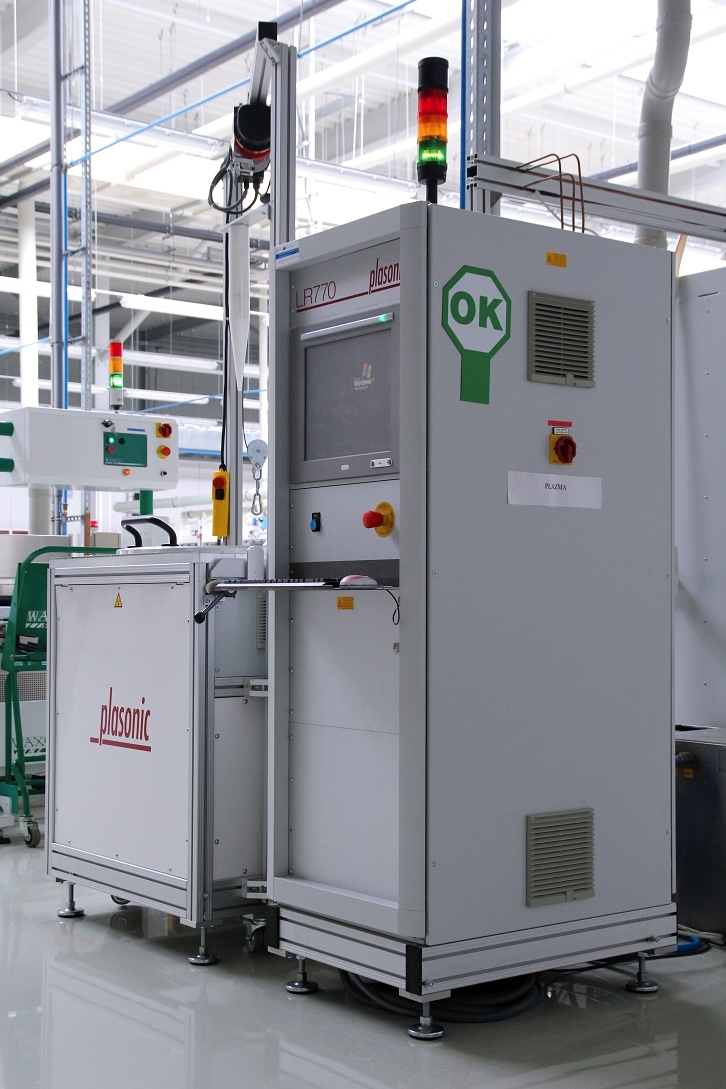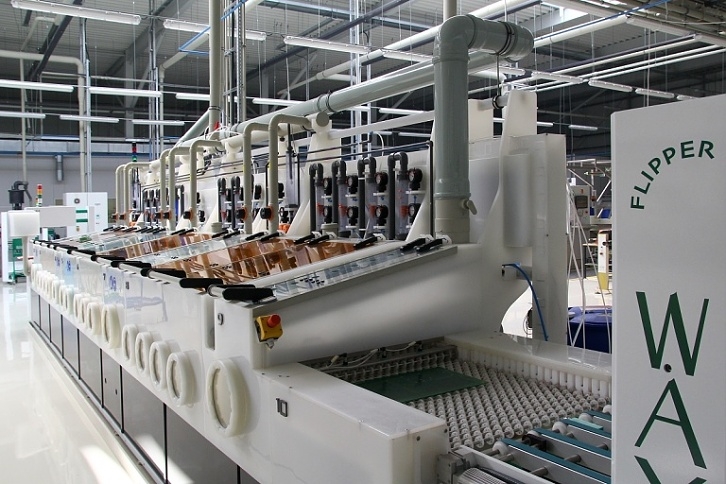Modern Cleaning Agents and PCB Testing
Contamination and its Causes
As the spectrum of electronic devices expands, the diversity of factors causing contamination is also on the rise. The main types include ionic and non-ionic contamination. Ionic contamination usually arises from residues of flux and contains conductive molecules that can lead to component failure when exposed to humidity. In contrast, non-ionic contamination encompasses non-conductive substances such as oils, inert residues from flux, and fats.
One of the most problematic phenomena associated with ionic contamination is the occurrence of white residues, also known as white residue. These metallic salts can not only cause malfunctions in electronic components but also contribute to the overall degradation of PCBs.
Identification and Sources of Contamination
Identifying the sources of contamination is a key step in preventing electronic component failures. Changes in the manufacturing process, such as transitioning to lead-free soldering, can result in unexpected residues and cleaning challenges. White residues,about which we wrote recently, often caused by inappropriate solvents or reactions with flux, may result from inadequate cleaning.

Photo: Cleaning with deionized water
Methods of Quality Testing
- There are several methods for quality testing of PCB cleanliness.
- Visual inspection, while simple, may not always reveal hidden ionic contamination.
- Surface Insulation Resistance (SIR) testing and Solvent Extract Conductivity (ROSE) testing are alternatives, but their accuracy may be limited.
- One of the most reliable tests is Ion Chromatography (IC), capable of detecting and measuring organic acids and ions. Although time-consuming and costly, IC provides detailed information about the type of contamination, allowing for effective troubleshooting.
Proper Selection of Cleaning Agents
The key to successful cleaning lies in selecting the right cleaning solution. Modern cleaning agents with low viscosity and surface tension are designed to effectively remove flux residues, even from hard-to-reach areas. These agents ensure overall board cleanliness without creating white residues, eliminating the need for complex tests and bringing economic benefits.

The Plasonic machine, as seen in the photo, uses plasma for the treatment of printed circuit boards (PCBs), removing resin from the walls of drilled holes to achieve a perfect connection of electroplated copper to the inner layers of the PCB. This method is suitable for both standard FR4 materials and advanced materials with higher Tg, halogen-free, polyimide (flex, rigid-flex), PTFE, etc
Trends in Electronics Cleaning
In the current environment of constant technological progress, modern cleaning agents and testing methods are key to ensuring the reliability of electronic components. Measures focused on identifying and eliminating contamination, along with advanced cleaning agents, represent a necessary step towards producing high-quality and durable PCBs. Optimization of cleaning has become an essential aspect of the 21st-century electronic industry.
The world of electronics is constantly evolving, and with it, the methods of manufacturing printed circuit boards. It is assumed that more than half of current PCBs are manufactured using no-clean soldering pastes. Some manufacturers even prefer this option and clean only those boards where cleaning is absolutely necessary, speeding up the production time.
However, questions about the effectiveness of no-clean pastes on complex boards with dense components, or in critical applications such as military, medical, and aerospace, are becoming more common.
Challenges with No-Clean Pastes
With the increasing complexity and miniaturization of boards, no-clean solder pastes sometimes do not behave as expected. The growing need to densely pack miniature components on a small board surface increases the risk of problems if the boards are not properly cleaned. White residues from salt activators in no-clean pastes can cause corrosion of joints, dendrite growth, and other complications. What was meant to minimize the need for cleaning now introduces additional steps to ensure board reliability.
Reasons for Cleaning even with No-Clean Pastes
The cleanliness of boards when using no-clean pastes is crucial for ensuring optimal functionality. Although some manufacturers only clean boards with high reliability requirements, the decisive factor for further development is the elimination of unexpected issues. Timely removal of residues after soldering prevents possible board failures, circuit noise, electrochemical migration, shorts, or dendrite growth. Ensuring the optimal functionality of boards becomes a fundamental element for all electronics manufacturers.

For processes requiring a high level of adhesion, such as dry resist lamination, application before non-solder mask, or surface treatments, chemical cleaning is suitable. The machine for chemical cleaning, as seen in the photo, replaces the process of brushing the copper surface.
Ironically, these no-clean pastes and fluxes were supposed to minimize the need for board cleaning. Instead, they now bring complications to the cleaning processes. Electronic component manufacturers are continually striving to test and implement new cleaning methods that will meet the ever-changing market needs. Further developments and innovations can be expected in the area of cleaning boards after soldering with no-clean pastes. PCB manufacturers should keep an eye on trends in materials used, procedures, and testing methods.
Cleaning boards thus becomes a key element not only to ensure the reliability and functionality of electronic components but also to maintain competitiveness in the rapidly changing environment of modern electronic industries.
Connect with our specialists